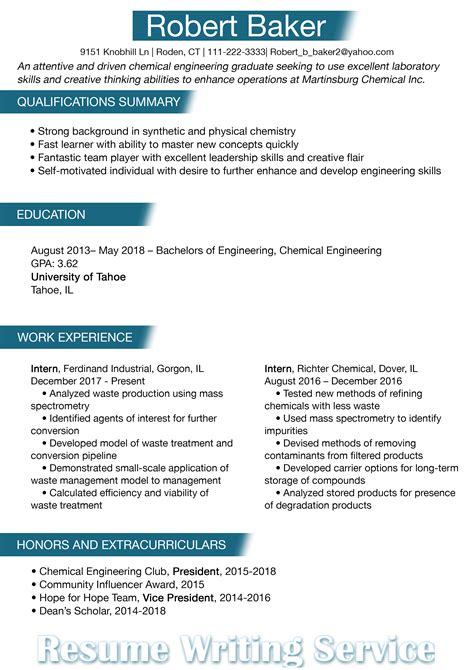Effective Cv Format Guidelines With Examples

Creating a compelling CV is a crucial part of the job application process. It’s your opportunity to showcase your skills, qualifications, and experience to potential employers. However, with so many candidates vying for the same positions, it’s essential to ensure that your CV stands out from the rest. In this post, we’ll provide you with effective CV format guidelines and examples to help you create a winning CV.
1. Start with a Clear and Concise Header
The header of your CV should include your name, contact details, and a professional-looking photograph. Make sure that your name stands out and is easy to read. Your contact details should include your phone number, email address, and LinkedIn profile URL. Additionally, include your location and job title, if applicable.
2. Write an Engaging Personal Statement
Your personal statement is your opportunity to showcase your personality and give potential employers an insight into who you are. Keep it concise, confident, and engaging. Make sure to highlight your relevant skills and experience and how they align with the role you’re applying for.
3. Highlight Your Relevant Work Experience
Your work experience section should highlight your most relevant roles and responsibilities. Begin with your most recent job and work backwards. Make sure to include your job title, the company name, the dates you worked there, and your key responsibilities and achievements.
Example:
| Job Title | Company Name | Dates |
|---|---|---|
| Marketing Manager | ABC Company | January 2018 – Present |
• Developed and executed successful marketing campaigns that increased sales by 25%
• Managed a team of five marketing professionals
• Oversaw the company’s social media presence, resulting in a 50% increase in followers.
4. Include Your Educational Qualifications
Your educational qualifications should be listed in reverse chronological order. Begin with your most recent degree and work backwards. Include the name of the institution, the degree you received, and the dates you attended. Additionally, you can include any relevant coursework, honors, or awards.
5. Highlight Your Skills and Achievements
Include a bullet-pointed list of your skills and achievements that are relevant to the job you’re applying for. Make sure to tailor this section to the specific job description. Highlight any relevant certifications or training courses you’ve completed.
6. Use Action Words
Use strong action words to describe your experiences and achievements. This will make your CV more engaging and help potential employers to visualize your accomplishments. Examples of strong action words include “managed,” “created,” “led,” “developed,” and “produced.”
7. Use a Simple and Readable Font
Use a simple and readable font for your CV. Avoid using multiple fonts or font sizes, as this can make your CV look cluttered and unprofessional. Arial, Calibri, and Times New Roman are all good options.
8. Keep Your CV Length Short
Make sure to keep your CV length short and concise. Ideally, your CV should be no longer than two pages. Use bullet points and short paragraphs to make it easy to read and scan.
9. Use White Space Effectively
Use white space effectively to make your CV more visually appealing and easier to read. Avoid cramming too much information into one page. Use margins, headings, and spacing to create a clear and organized layout.
10. Proofread Your CV Thoroughly
Make sure to proofread your CV thoroughly before submitting it. Check for spelling and grammar errors, and ensure that your formatting is consistent throughout. Ask a friend or family member to review your CV and provide feedback.
Conclusion
A well-crafted CV can help you stand out from the crowd and land your dream job. Follow these effective CV format guidelines, and use the examples provided to create a compelling CV that showcases your skills, qualifications, and experience. Remember to tailor your CV to the specific job you’re applying for and proofread it thoroughly before submitting it.
FAQs
Q: How long should my CV be?
A: Ideally, your CV should be no longer than two pages.
Q: What font should I use for my CV?
A: Use a simple and readable font, such as Arial, Calibri, or Times New Roman.
Q: Should I include a photograph on my CV?
A: Yes, include a professional-looking photograph on your CV.
Q: How should I format my educational qualifications?
A: List your educational qualifications in reverse chronological order, beginning with your most recent degree.
Q: What should I include in my personal statement?
A: Your personal statement should highlight your relevant skills and experience and how they align with the role you’re applying for.
